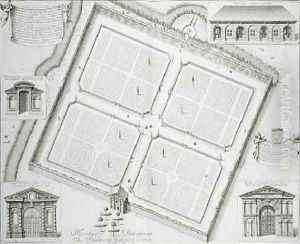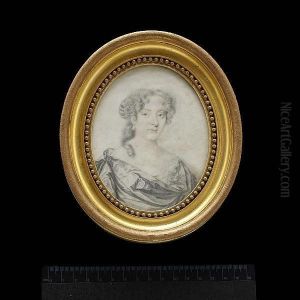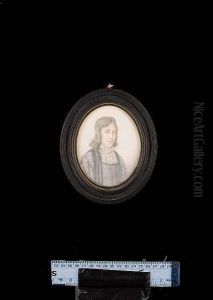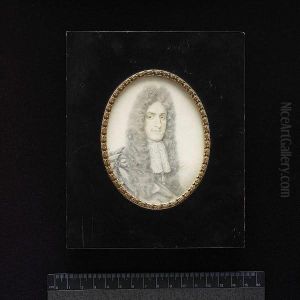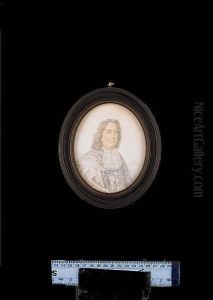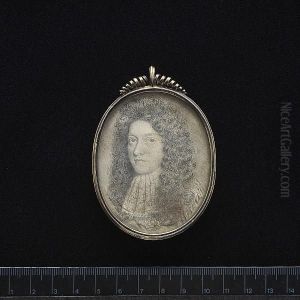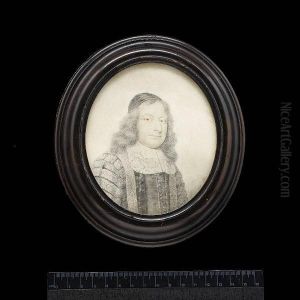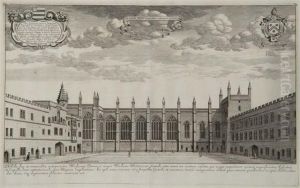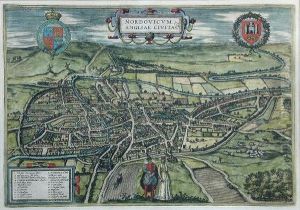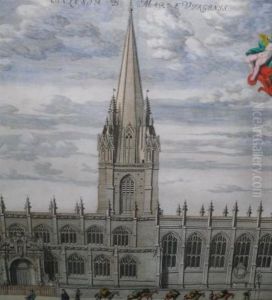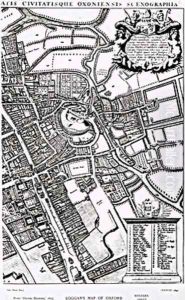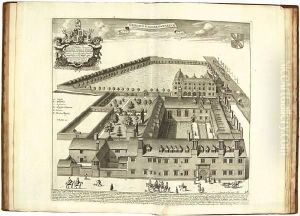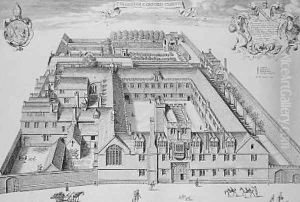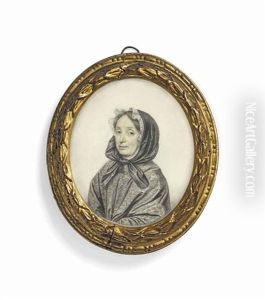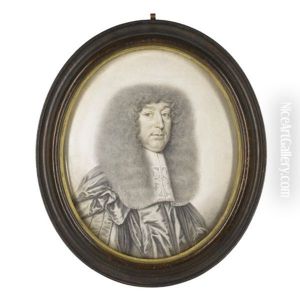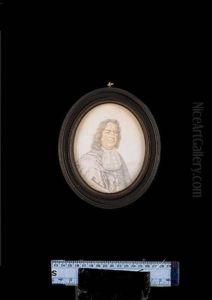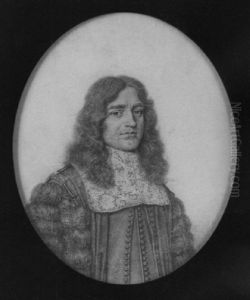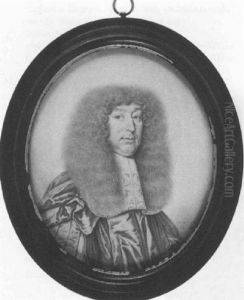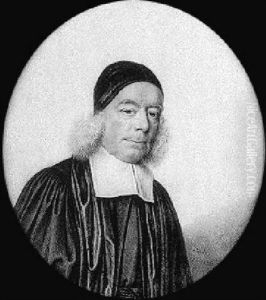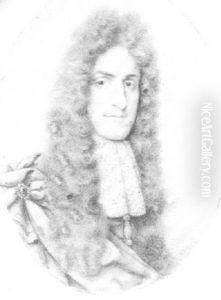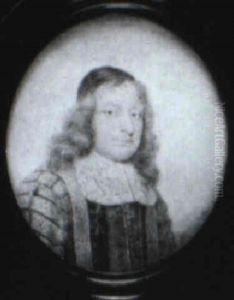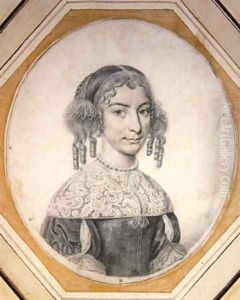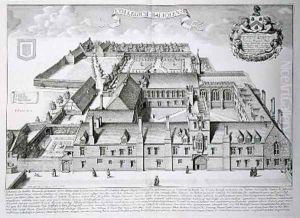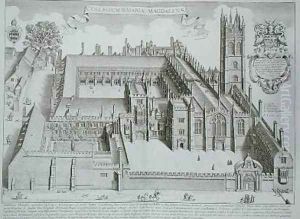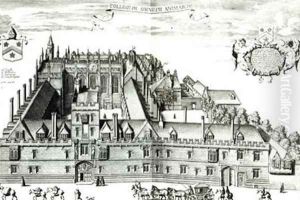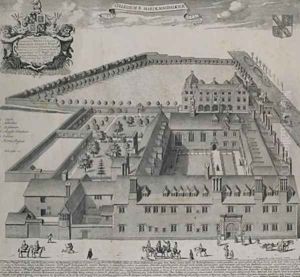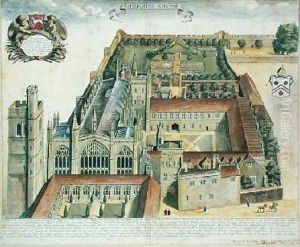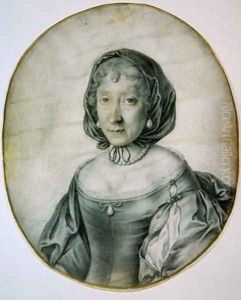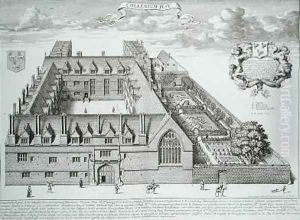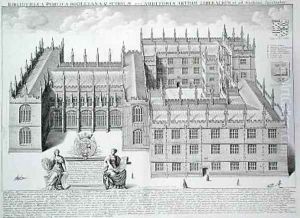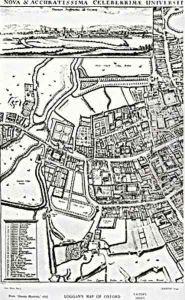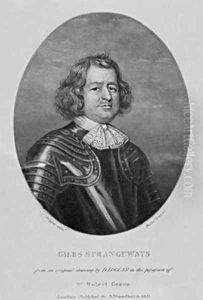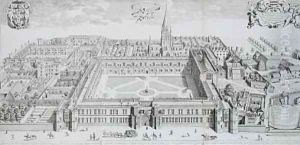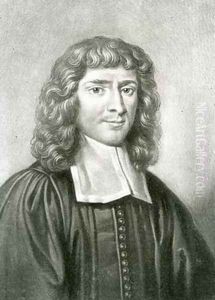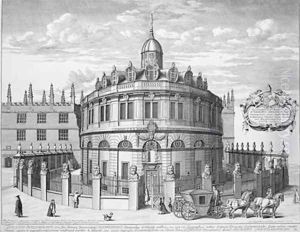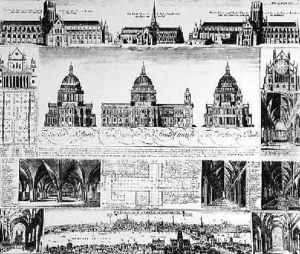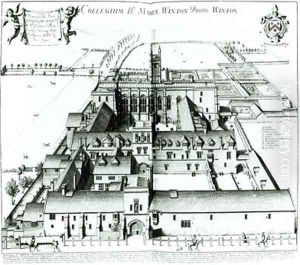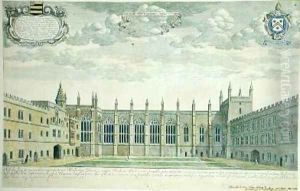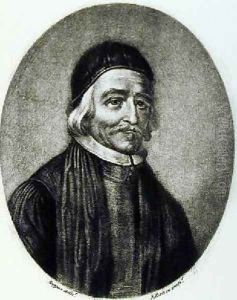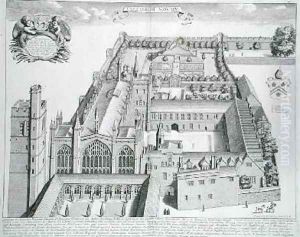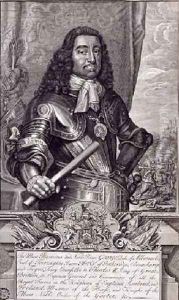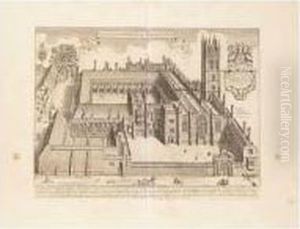David Loggan Paintings
David Loggan was a notable English engraver, draughtsman, and painter of the 17th century, born in Danzig (Gdańsk), then part of the Polish-Lithuanian Commonwealth, in 1634. His early life and training are not well-documented, but it is believed that he studied in Danzig under the artist Willem Hondius. Loggan's work primarily consisted of portraits and topographical engravings, which were highly regarded for their detail and accuracy.
In the 1650s, Loggan moved to England, where he became associated with the University of Oxford. His move to England can be seen as part of the broader trend of continental artists coming to Britain during this period. He was appointed 'public sculptor' to the university in 1669, a role that involved the creation of engravings rather than sculptures. One of his most significant contributions was the publication of 'Oxonia Illustrata', an atlas illustrating the colleges, halls, and university buildings of Oxford, which was completed in 1675. This work is considered an important historical record of the architectural landscape of the university during that era.
Loggan also produced a similar work for the University of Cambridge, titled 'Cantabrigia Illustrata', which was published in 1690. His engravings for both universities remain valuable for their detailed representation of the academic and architectural environment of the time.
In addition to his topographical works, David Loggan is known for his portraits. He became a highly sought-after engraver for portraits, creating works for various notable figures of his time. His portraits were often used as frontispieces in books and were praised for their likeness and artistry.
Throughout his career in England, Loggan also worked on a number of church monuments and heraldic engravings. His style was characterized by meticulous attention to detail and a clear, precise line that was ideal for the reproduction of architectural and heraldic imagery.
Loggan married and had children, and his family continued his artistic legacy. His son, David Loggan the younger, also became an engraver. David Loggan died in 1692, leaving behind a body of work that continues to be studied and appreciated for its contribution to the visual documentation of 17th-century England.
